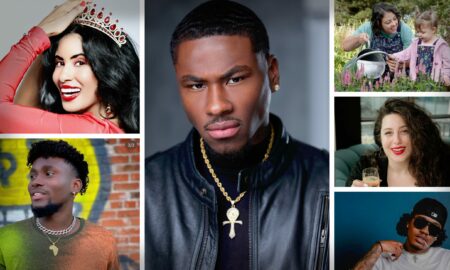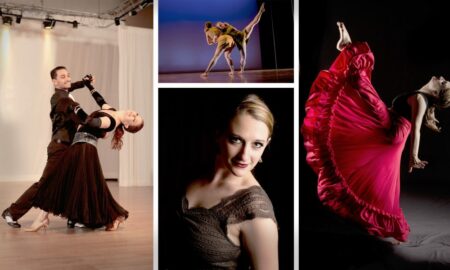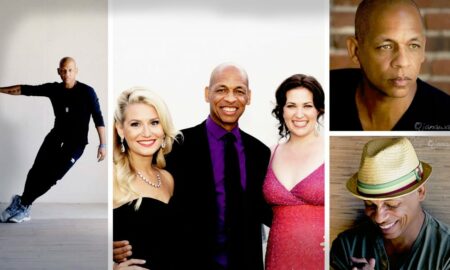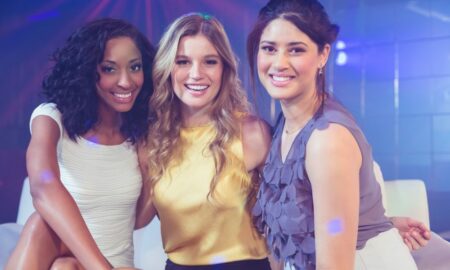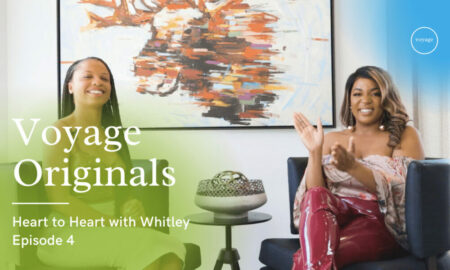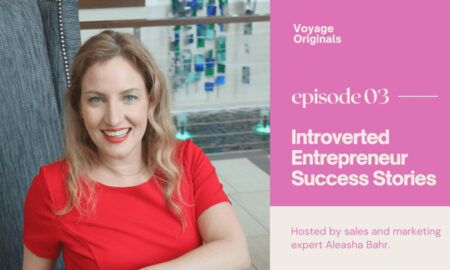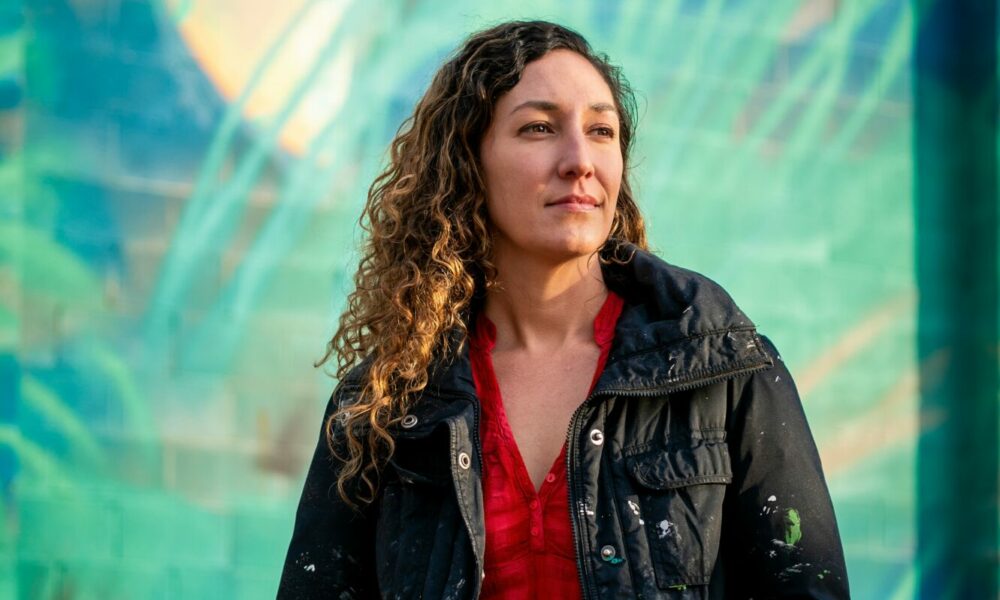

Today we’d like to introduce you to Whitney Frazier.
Hi Whitney, we’d love for you to start by introducing yourself.
I am a white, non-native Baltimorean educator and mother with a community-based public art practice. Over the past 21 years of living in Baltimore City, I have intentionally worked with diverse groups of people to implement community-focused, concept-driven public art projects that lead to relationship building, new resources for neighborhoods and bringing to life the shared vision of community leaders. My work pushes the boundaries of what “public art” looks like by celebrating the unique cultures and site-specific needs of each community and by providing vibrant, bold and creative skills in design, painting, visual storytelling and outdoor placemaking.
Through two decades of community organizing, I’ve seen firsthand the impact art makes. It empowers people by giving them a voice and platform. Their vulnerability and unique insights capture the attention of those with the resources to make change happen. The Guardians of Baltimore is a project culminating from my time working across the city and meeting the Black women taking charge of improving their communities and making a tangible difference.
Alright, so let’s dig a little deeper into the story – has it been an easy path overall and if not, what were the challenges you’ve had to overcome?
I want to use my privilege and access to support those trying to improve Baltimore for future generations. In the next three years, I aim to decentralize my role in The Guardians by continuing to create opportunities for Guardians themselves to lead. In my work, it’s been challenging to create shared leadership models and receive guidance for how to financially support and sustain my community-based practice. In art school, there wasn’t an emphasis on building and learning how to run a business so I have had to seek support from other professionals while I try to learn the ins and outs of running a public art business, and also being a decent mom and homeowner! Currently, I partner with nonprofits, like The Peale Museum, in order to secure grant funding for The Guardians project and their neighborhood initiatives. We are exploring open budgeting/fundraising platforms which would provide a fiscal sponsorship. Finally, because my field of community-based/public art/arts integration is new/emerging, it’s been difficult to find mentors/models for best practices and platforms/places to share with others in my field.
Thanks – so what else should our readers know about your work and what you’re currently focused on?
“An artist can show things that other people are terrified of expressing.” – Louise Bourgeois Art is a tool that drives people to explore challenging questions about our humanity and our individual roles within larger systemic structures.
The world we live in is complicated, nuanced. Often, our instinct is to shrink into our individuality and hide within the silos that separate us from our neighbors.
As a community artist, my constant goal is connection and amplification.
I engage in collaborative art-making and conversations that uncover similarities that transcend race or socioeconomic status. We all share the core hope of bright futures for our children and communities. We all crave to be seen and understood.
My artwork is a tool to reinforce these inherent human truths. To turn stories into motivated action.
Through two decades of community organizing, I’ve seen firsthand the impact art makes. It empowers people by giving them a voice and platform. Their vulnerability and unique insights capture the attention of those with the resources to make change happen.
The Guardians of Baltimore is a project culminating from my time working across the city and meeting the Black women taking charge of improving their communities and making a tangible difference. I want to uplift and support their efforts, and art is the magnifying lens calling attention to the powerful work already being done. It’s connecting the champions of our great city and alleviating their struggle for funding.
I’ve been rightfully challenged on my role and purpose as a white woman working within Black neighborhoods. I’m grateful to be invited into communities and offered the opportunity to elevate their voices, to use my unjust privilege to shine a light on their stories.
I agree that there is a fine line between advocacy and exploitation. That’s why my work focuses on creating a platform for communities to discuss their intentions, fears, hopes, and pain; to emote those feelings through art. It’s their story to tell. Not mine. We work together to bridge the gap between their community work and those with the resources to extend the impact.
Can you talk to us a bit about happiness and what makes you happy?
I am happiest when I am working with passionate people toward a common goal, helping others’ visions come to life, creating opportunities for growth/change, hanging out with my 13-year-old daughter, making meals with friends, gardening, laying around with my hound dog in the sun, being with family on a boat ride, and exploring new ideas, places and materials.
Contact Info:
- Website: https://www.theguardiansofbaltimore.com/ and wgfstudio.com
- Instagram: https://www.instagram.com/theguardiansofbaltimore/ and @whitney_gracefrazier
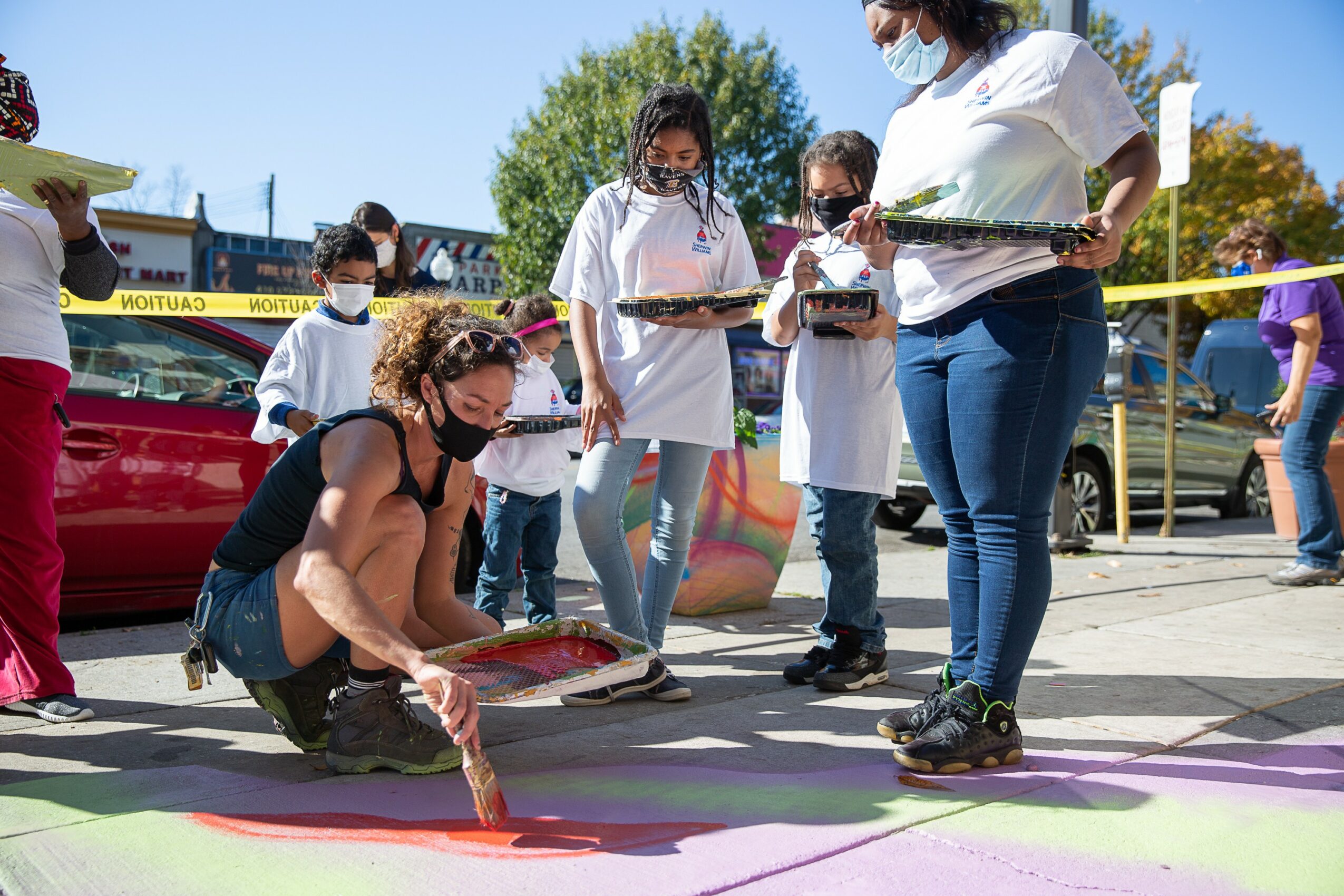
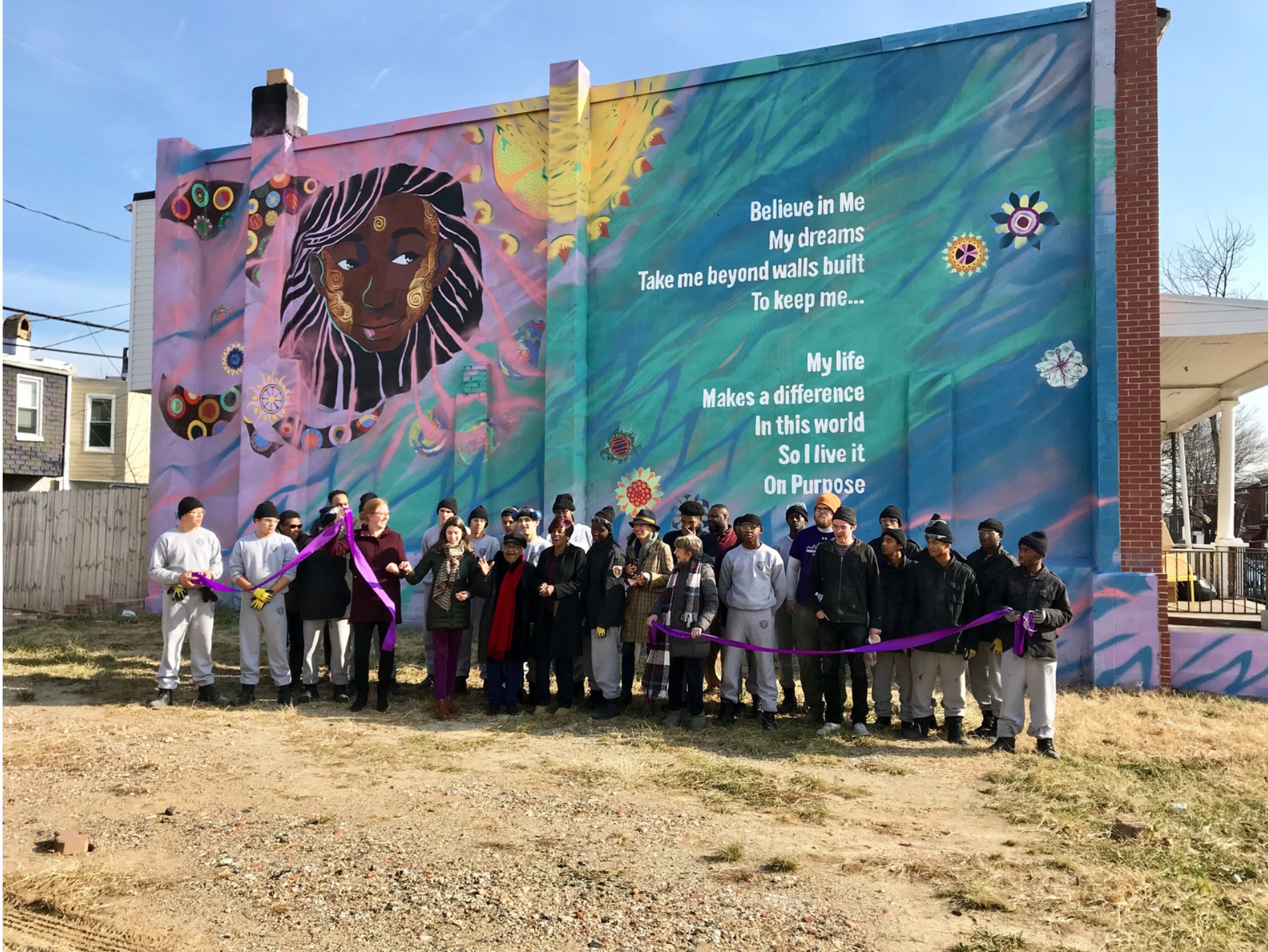
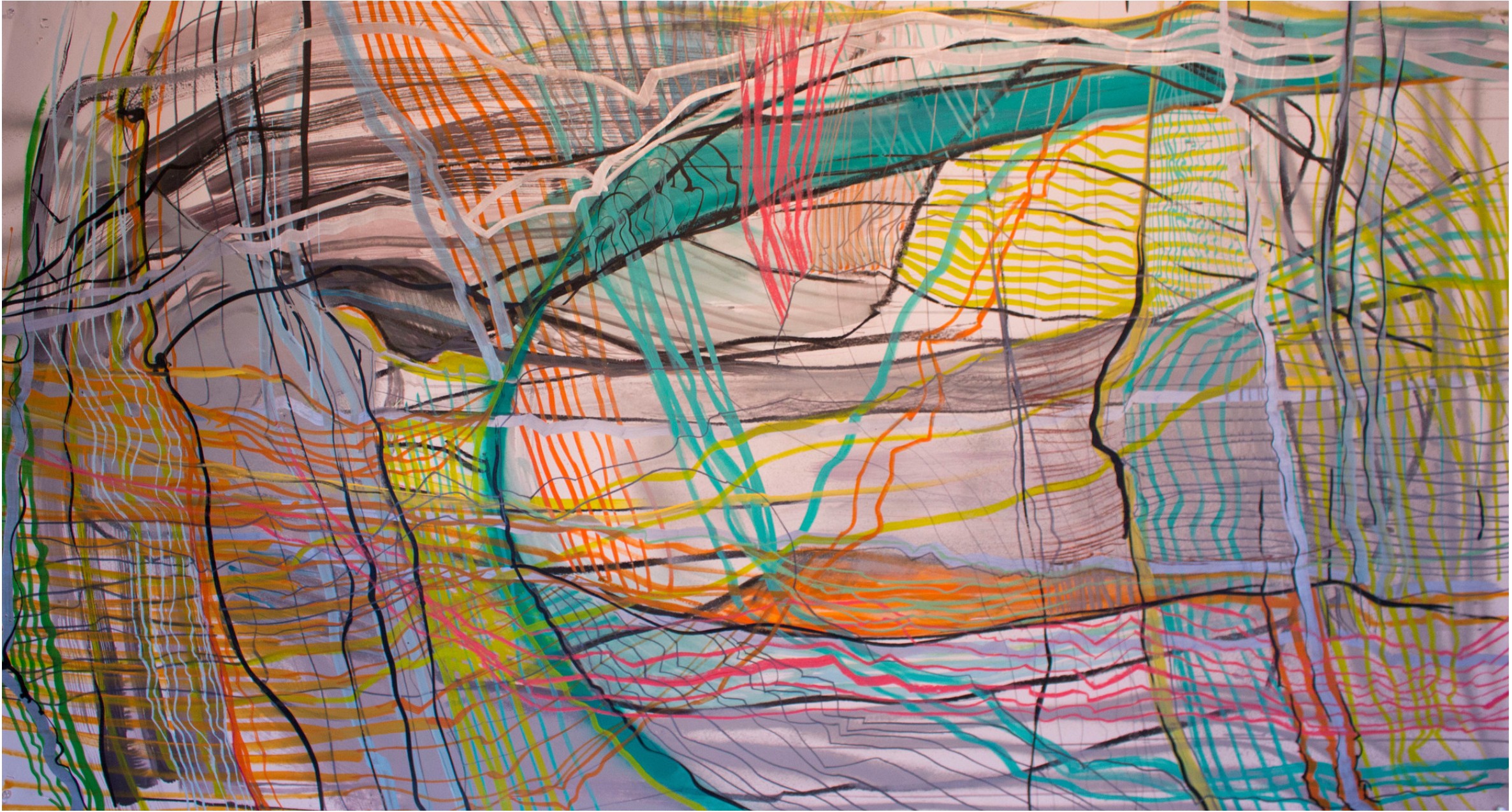
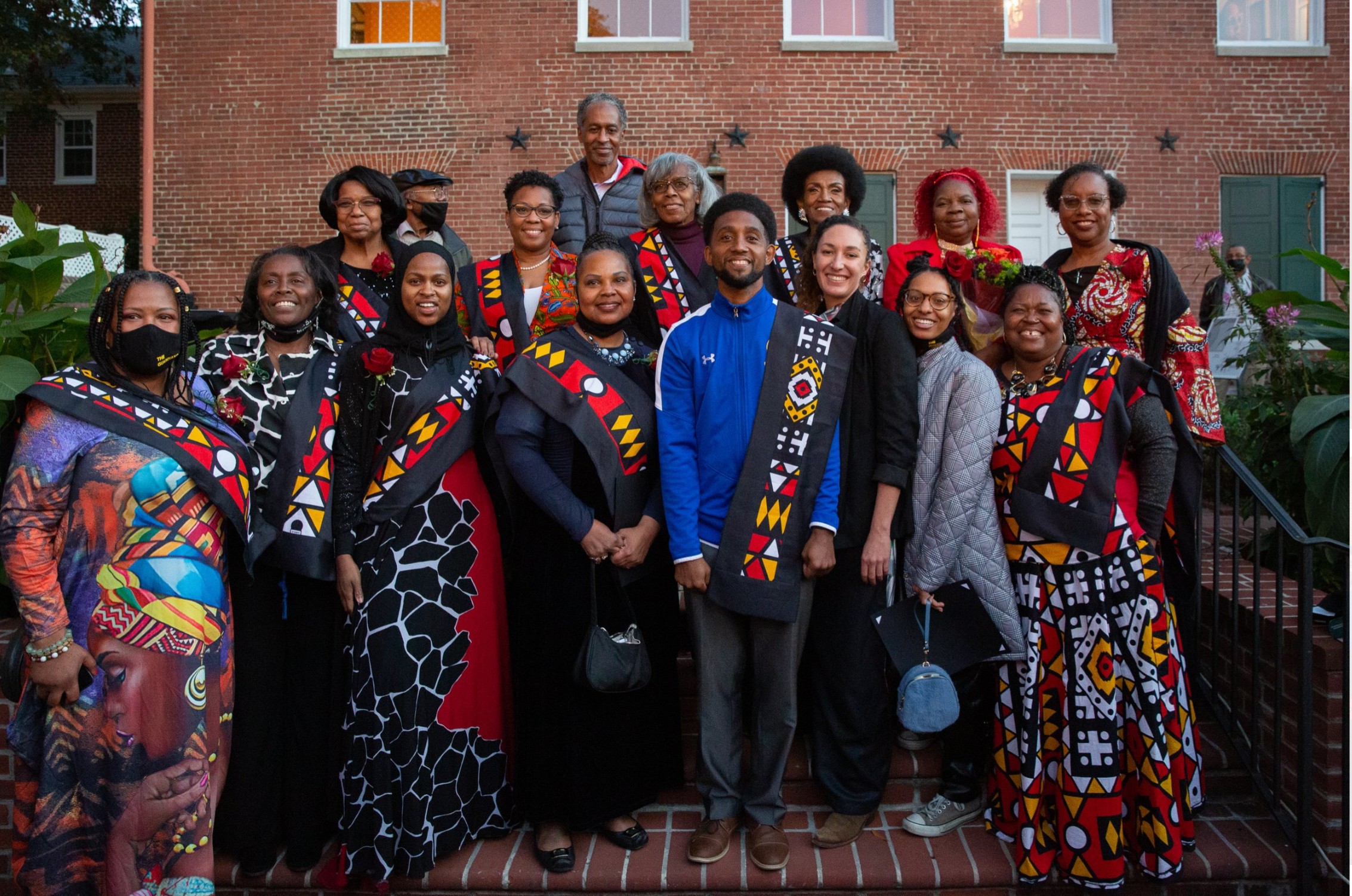
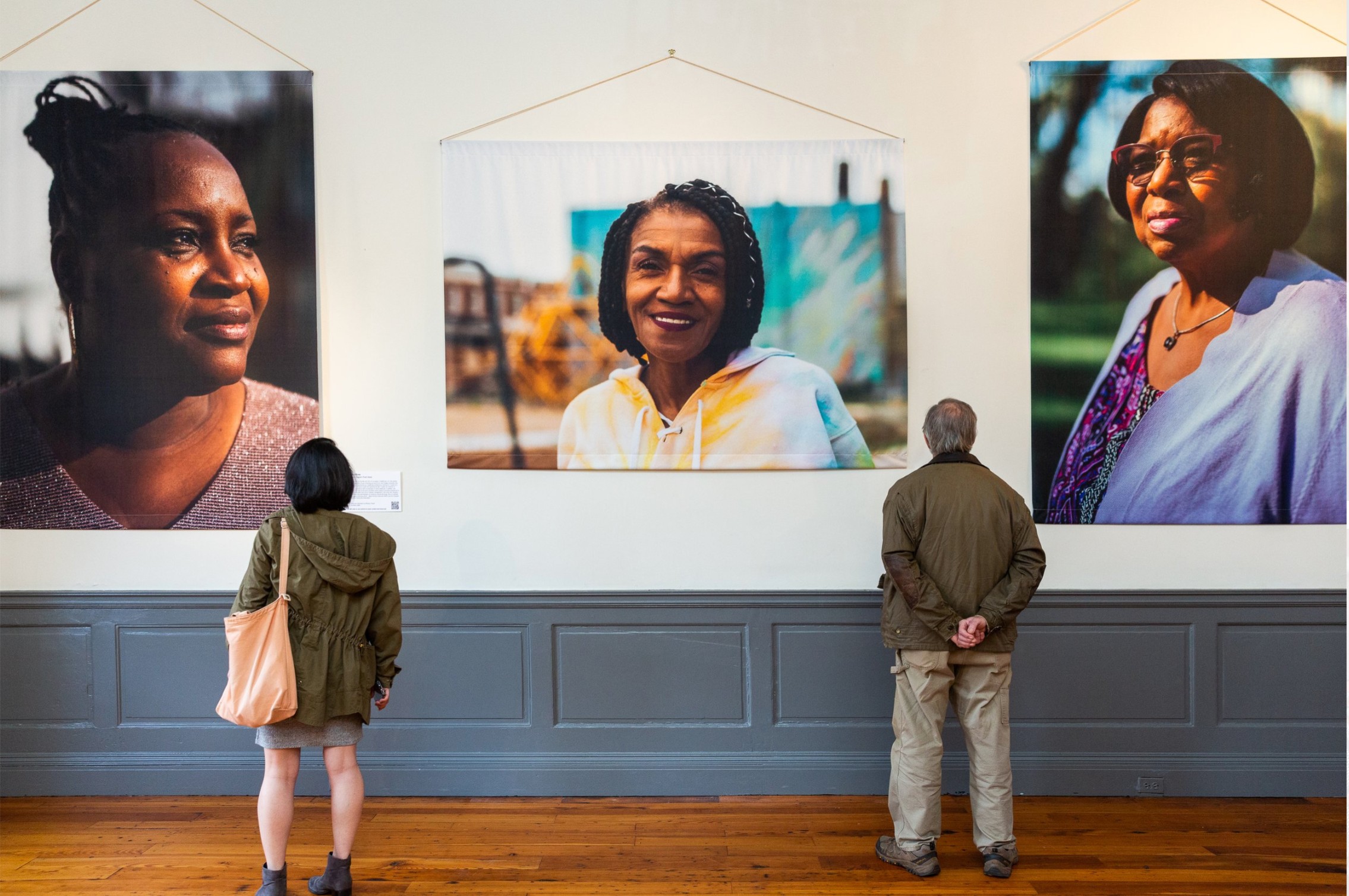
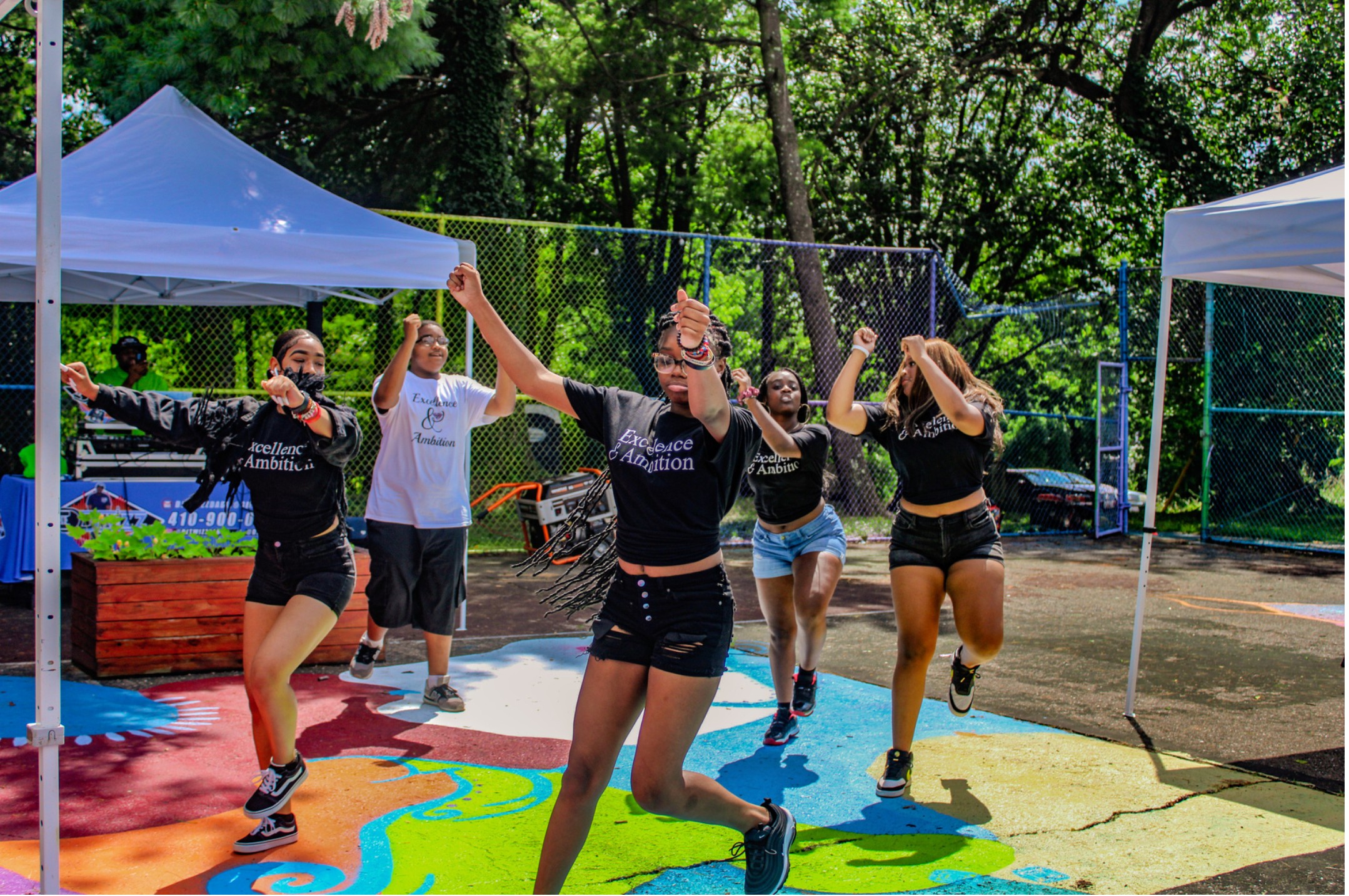 Image Credits
Image Credits
Howard Korn Side A Photo Wendell McCray

